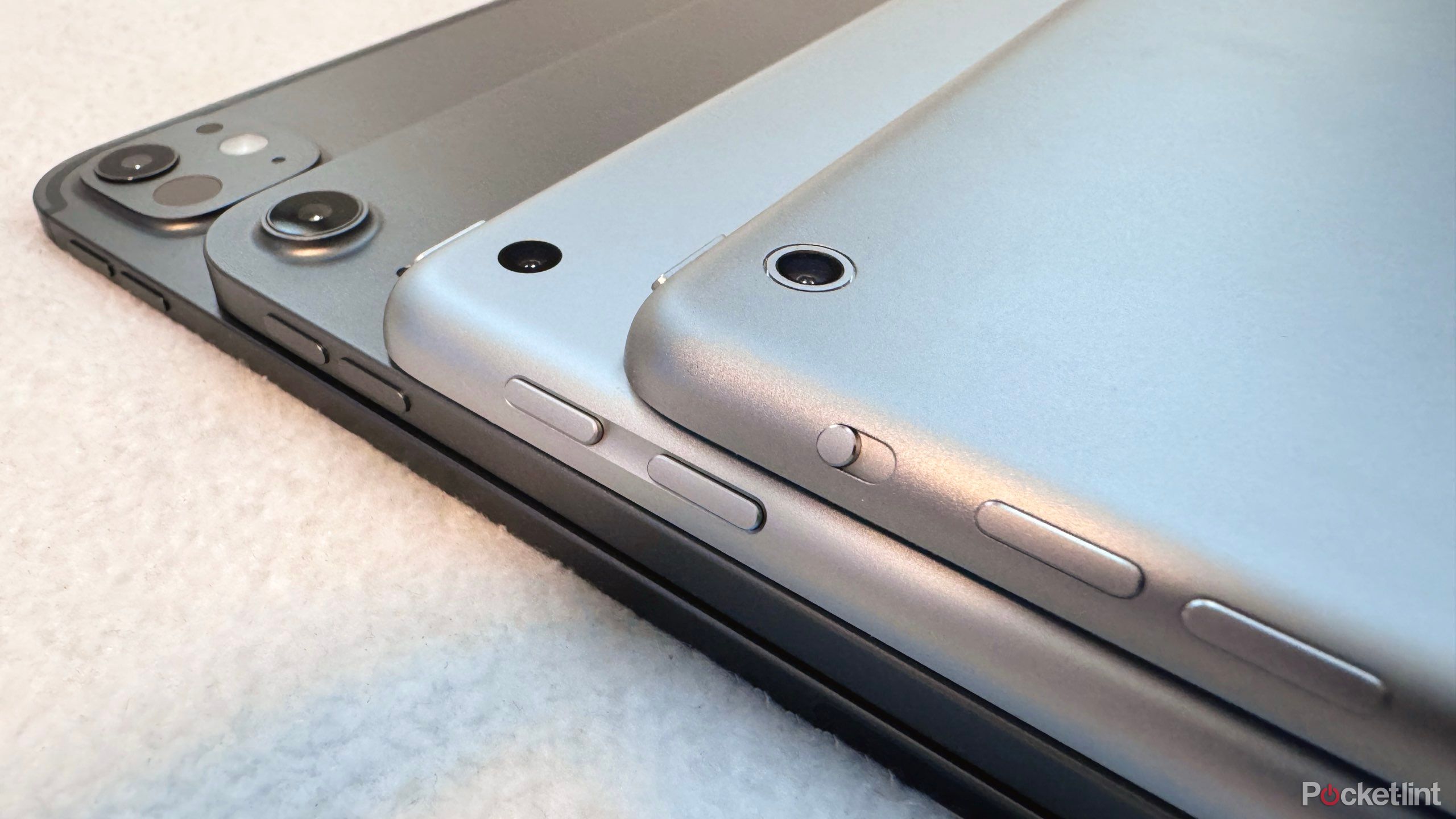Gadgets
8 must-do steps to set up a new iPad

Key Takeaways
- Transfer data first — use iCloud, computer backup, or get it directly from another device.
- Setup Touch ID or Face ID: Enhance both security and convenience when it comes to accessibility.
- Check for software updates: Make sure your iPadOS is up-to-date for new features and security.
Suppose you recently bought or received a brand-new iPad. Congratulations — getting new tech is always exciting. I still love my recently acquired iPad Pro. Still, underneath all that excitement, knowing where to start when setting up your new iPad can be daunting. To help you, here’s a list of eight things I recommend everyone do when they’re setting up a new iPad.
1 Transfer your data
The best place to start
First and foremost, when setting up a new iPad, I recommend transferring the data from your previous device if you have one. If you don’t have an existing iPad, you can optionally transfer content from an iPhone or Android device. During your iPad’s initial setup up, Apple provides you with four ways to transfer data: iCloud backup, computer backup, directly from another iPad, or from an Android device. As a support article, Apple has instructions on its transfer methods. Remember that if you’ve already set up your iPad, you’ll need to erase it before restoring from any of these options, as they can only be done before exiting the setup assistant.
Setting up as new is also a fine choice.
2 Set up Touch ID or Face ID
It’s secure and convenient
While using a passcode exclusively may feel more secure than a biometric, this isn’t actually the case. Using Touch IDand Face ID helps to keep your passcode confidential while being less likely to be cracked technologically. Plus, using a biometric is much quicker than typing a code every time.
Even if you aren’t a passcode user, Touch ID or Face ID can streamline the process of securely accessing your device enough to help convince you to use a passcode. Biometrics also don’t sync between new devices, so you’ll need to re-scan your fingerprint or face for a new device anyway.
To configure Touch ID or Face ID:
- Launch Settings.
- Tap Touch ID & Passcode or Face ID & Passcode.
- Select Add a Fingerprint… or Set Up Face ID.
- Follow the prompts.
3 Check for a software update
Make sure you’re up to date
Next up in the iPad setup journey is verifying that your software is up to date. Ensuring your iPad is on the latest version of iPadOS helps protect you against vulnerabilities, patch bugs, and provides you with new features!
To verify your iPad is up-to-date:
- Launch Settings.
- Tap General.
- Select Software Update.
- Tap Download and Install if there’s a pending update to be completed, and follow any remaining prompts.
4 Configure your email accounts
It’s not just for emails
If you’re anything like me, you have several email accounts. Between various projects, they seem to accumulate. Frustratingly, Apple doesn’t sync email account passwords between devices via iCloud. Every time you set up a new device, you must re-enter your password to access your emails, contacts, calendars, and notes that may be linked to a particular account.
-

 Destination8 months ago
Destination8 months agoSingapore Airlines CEO set to join board of Air India, BA News, BA
-

 Breaking News10 months ago
Breaking News10 months agoCroatia to reintroduce compulsory military draft as regional tensions soar
-

 Gadgets3 months ago
Gadgets3 months agoSupernatural Season 16 Revival News, Cast, Plot and Release Date
-

 Tech News12 months ago
Tech News12 months agoBangladeshi police agents accused of selling citizens’ personal information on Telegram
-

 Productivity11 months ago
Productivity11 months agoHow Your Contact Center Can Become A Customer Engagement Center
-

 Gadgets4 weeks ago
Gadgets4 weeks agoFallout Season 2 Potential Release Date, Cast, Plot and News
-

 Breaking News10 months ago
Breaking News10 months agoBangladesh crisis: Refaat Ahmed sworn in as Bangladesh’s new chief justice
-

 Toys12 months ago
Toys12 months ago15 of the Best Trike & Tricycles Mums Recommend


























